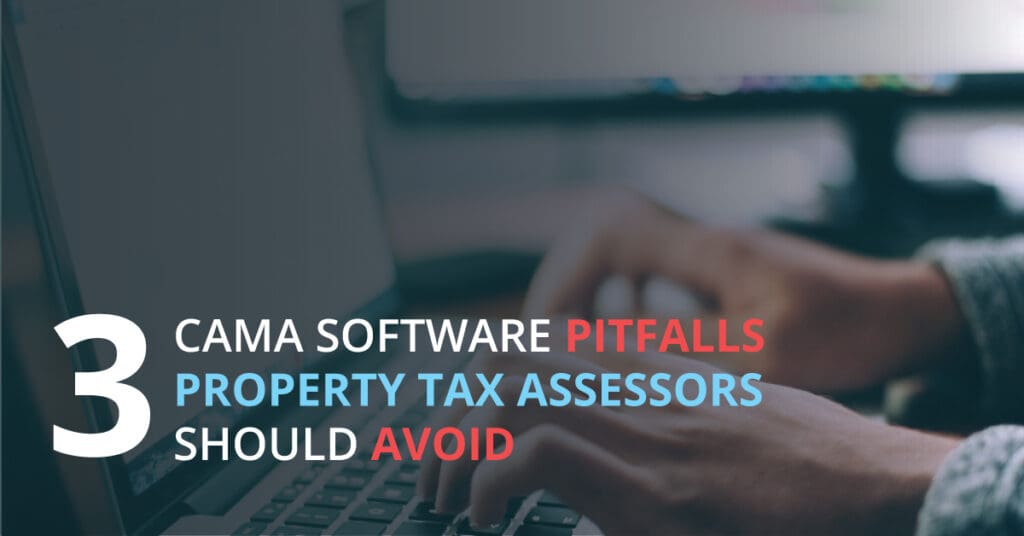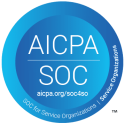Whether you’re in a densely packed urban center, a sprawling suburb, a sparsely populated rural area, or a jurisdiction that’s some combination of these, your work as an assessor is vital, busy, and challenging. You can carve a better path to increased efficiency and effectiveness — to greater fulfillment of your organization’s full potential — by avoiding three common CAMA software pitfalls.
Software that Doesn’t Support Your Organization’s Unique Needs
Off-the-shelf CAMA software is designed to meet everybody’s needs — which means it meets nobody’s needs completely. Laws and regulations vary by jurisdiction, as do business practices and processes and systems infrastructures. Off-the-shelf is one-size-fits-all…or none.
Avoiding generic software in favor of a CAMA solution that’s tailored to your organization’s unique needs can go a long way toward helping you optimize what you do, how you do it, and how well you do it.
Software that Doesn’t Integrate with Best-in-Industry Tools
Geographic information system (GIS) mapping. Property sketching. Artificial intelligence (AI) for valuation. Mobile appraisal. While some CAMA software includes one or more of these highly sought and greatly valued functionalities, it’s usually the CAMA vendor’s version of the functionality — not the best-in-industry product. And with most CAMA software, these functionalities are add-ons, which are difficult (if not impossible) to fully integrate with your operations.
You can expand your assessor’s toolbox by avoiding CAMA software that doesn’t promote and facilitate seamless integration of the industry’s best available products.
Software that’s Solely Controlled by Your Vendor
Is your vendor not updating your CAMA software regularly — or at all? Not returning your service calls as quickly as they used to? Being sold to another company that you have no experience working with and little confidence in?
If your organization has a traditional CAMA software license, you’re stuck. You don’t own the software; you’ve merely paid for the right to use it. Which means you’re essentially at the mercy of your vendor unless or until you’re prepared for the ramifications of making what is certain to be a costly and disruptive transition to new CAMA software.
You can reclaim control by ensuring that your organization owns your CAMA software source code. Source code ownership avoids the problem of being locked in to a single solution provider, and it allows you to work with other service and maintenance providers — or your own in-house information technology (IT) team — to ensure that your CAMA software is right for your organization today and every day going forward.
What Assessors Told Us
To build on what we already know and learn more about what’s happening in the field, Farragut surveyed assessors in the U.S. and Canada this spring (April–June 2020).
When asked about what they especially liked or felt was working well in terms of their current CAMA software, commonly cited were issues related to control:
“We have control…”
“It is very customizable, which lends itself to our ever-changing work environment.”
“Integrated system — in-house — able to makes changes more readily.”
“We developed our own CAMA system; thus, we can make enhancements as needed.”
When asked about what they believed would significantly improve their current CAMA software, more than 50% of respondents cited add-on functionalities and/or issues related to integration:
“Easier sketching platform…”
“… for the CAMA system to be more connected to the GIS system.”
“… be GIS integrated, as well as other system integrations.”
“… a more integrated GIS solution.”
“… integrated AI modeling…”
“… better drawing capabilities… and a mobile field data collection module.”
Our survey confirms much of what we know and reinforces the importance of avoiding CAMA software that:
• Doesn’t support your organization’s unique needs
• Doesn’t integrate with best-in-industry tools
• Is solely controlled by your vendor
There is a better CAMA software solution. If you’re interested in learning about what’s possible and about what you and your organization can achieve, reach out to me here or at Farragut, or check out what Arist has to offer.





